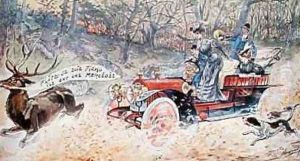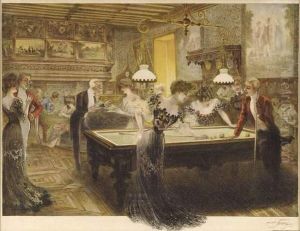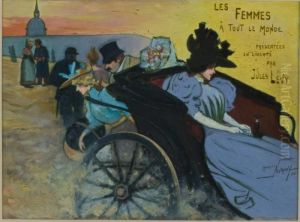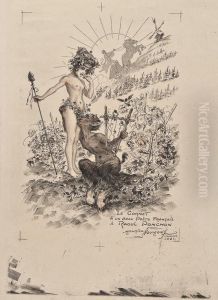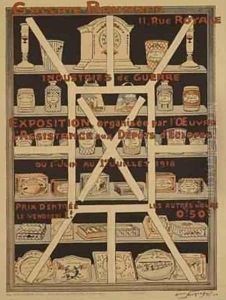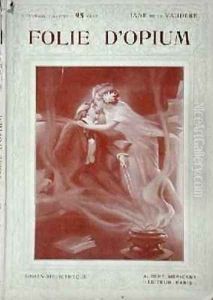Maurice Louis Henri Neumont Paintings
Maurice Louis Henri Neumont was a French painter, poster artist, and illustrator, born in Paris, France, in 1868. His artistic journey is deeply embedded in the cultural and social fabric of early 20th century France, a period marked by significant artistic innovation and the flourishing of the poster as a key form of visual communication. Neumont was an integral part of this artistic revolution, known for his vibrant posters that captured the spirit and dynamism of Parisian life, as well as for his contributions to illustration and painting.
Educated at the École des Arts Décoratifs in Paris, Neumont was heavily influenced by the Art Nouveau movement, which is evident in his use of fluid lines and incorporation of natural motifs. However, he distinguished himself by focusing on scenes of everyday life and the working classes, imbuing his work with a sense of realism and social commentary. His posters, characterized by bold colors and dramatic compositions, often advertised theatrical productions, cafes, and other aspects of Parisian culture, contributing significantly to the visual landscape of the city.
Neumont's work extended beyond commercial posters to include political commentary, particularly during World War I. He produced a series of patriotic posters that rallied support for the French cause, employing his art as a tool for propaganda and national unity. These works are notable for their emotional impact and effective use of symbolism to convey messages of resilience and hope.
Despite his success as a poster artist, Neumont also pursued traditional painting and illustration, contributing to magazines and books with his distinctive drawings and paintings. His versatility as an artist allowed him to explore various mediums and subjects, from landscapes and portraits to scenes of urban life.
Maurice Louis Henri Neumont's contributions to French art were recognized during his lifetime, and he was awarded the Legion of Honour, France's highest order of merit, for his artistic achievements and patriotic efforts. He passed away in Paris in 1930, leaving behind a legacy that captures the vibrancy and complexity of early 20th-century Paris. His work continues to be celebrated for its artistic quality and historical significance, offering insights into the social and cultural dynamics of his era.
